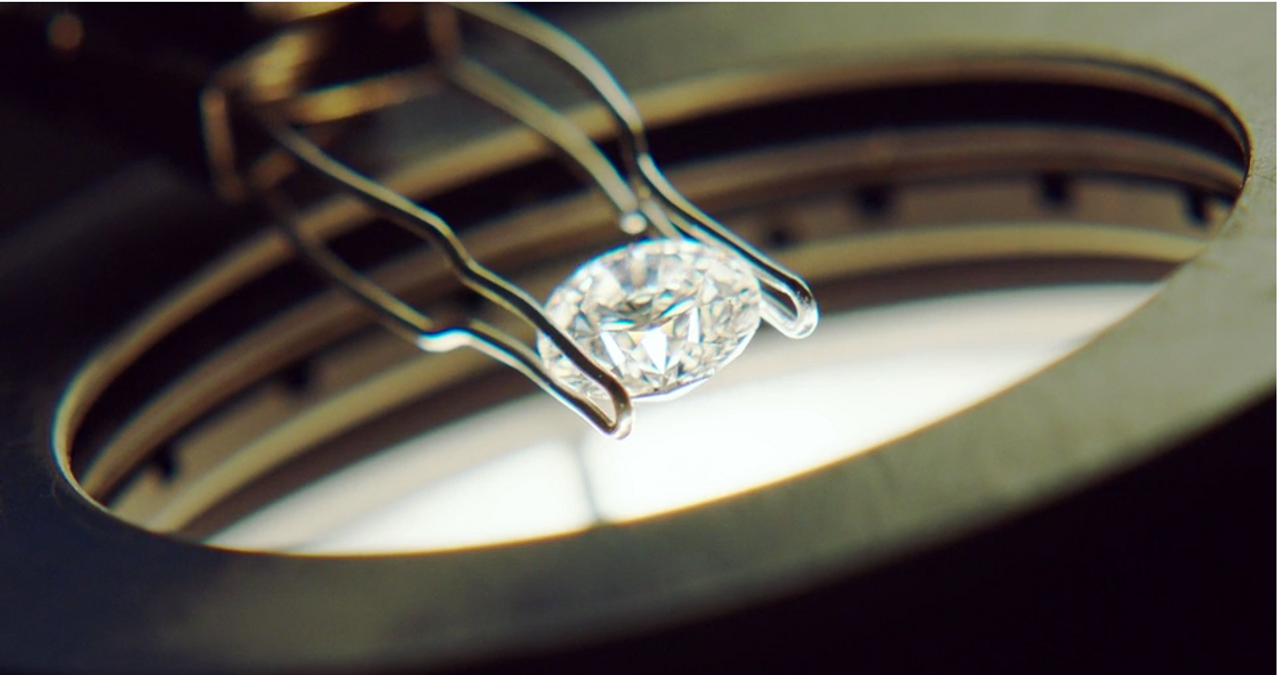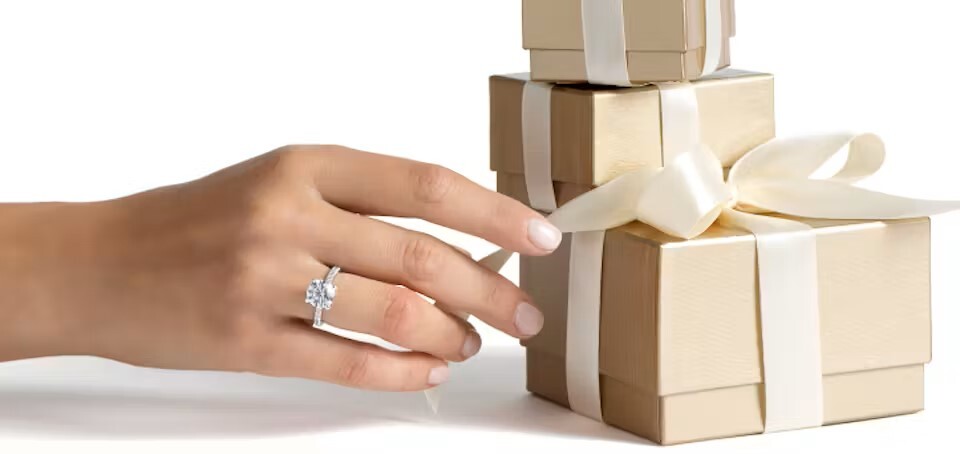
Trusted Experts Since 1898
YOUR GUIDE TO NATURAL DIAMONDS
Our team includes highly trained gemologists, master goldsmiths, and skilled diamond buyers who evaluate every stone for brilliance, value, and craftsmanship. Whether you’re just beginning your diamond journey or are ready to choose “the one,” we’re here to guide you with knowledge, integrity, and passion.
Understanding the 4 C's
Our trained gemologists critically evaluate every diamond and piece of jewelry to ensure we are offering the most beautiful diamonds at great value. For over 100 years, we have traveled all over the world including Africa, India, Europe, and the United States, to source these diamonds from the most experienced cutters. Our love of diamonds, creating memories, and building lasting relationships with our customers ensures that every diamond offered at Lux Bond & Green is of the finest quality.

CUT: SPARKLE FACTOR
Cutting a diamond is both a science and an art. Approximately 50% of the rough stone is lost in the process. Every facet must be in precise geometric relation to the others, and the culet must be centered. The diamond is then polished to stringent standards to reveal its full potential. It refers to the precise artistry of shaping a diamond using physics, advanced technology, and the skill of a trained cutter. Symmetry and proportions are key.
An excellent cut diamond optimizes the way light travels through it, maximizing sparkle, what we call fire and brilliance. Cut grades such as Excellent, Very Good, or Good help indicate how effectively a diamond reflects and returns light.
- Ideal Cut: Reflects light through the top of the diamond for maximum sparkle.
- Deep Cut: Loses light through the sides, making the diamond appear darker.
- Shallow Cut: Light escapes out the bottom, diminishing brilliance.
The GIA cut grade applies only to round brilliant diamonds, as it is the only shape with standardized proportions and measurements for evaluating light performance. Fancy shaped diamonds like ovals, cushions, emerald cuts, and pears do not receive an official cut grade, so assessing their beauty depends more on expert evaluation of proportions, symmetry, and craftsmanship.

CARAT WEIGHT: MEASURING SIZE
Diamonds are precisely weighed before they are set into a ring or a piece of jewelry. While carat weight affects price, it’s not the only factor, two diamonds of the same weight can look and perform very differently depending on cut and proportions. Larger diamonds also tend to increase in price exponentially due to rarity.

Color: Nature's Subtle Tints
Colorless diamonds are the most rare and valuable. Although many gem-quality diamonds appear colorless or white to the untrained eye, there are subtle differences that become apparent to a trained professional. Most diamonds have slight traces of color, typically yellow or brown, caused by natural elements like nitrogen during formation.
We grade our diamonds in Lux Bond & Green’s AGS-accredited gemological laboratories, and many of our diamonds over 0.75 carats are independently graded by the Gemological Institute of America (GIA).
In addition to traditional colorless diamonds, we also offer a selection of natural fancy color diamonds like canary yellow, pink, blue, and more. These diamonds are extremely rare, with some colors, particularly pinks and blues, occurring in only a tiny fraction of rough diamonds mined worldwide.

Clarity: Nature's Mark
Nearly all natural diamonds contain internal characteristics, or "inclusions," formed deep within the earth. These features are part of a diamond’s identity and don’t always affect beauty, but they do affect rarity and value.
Clarity is graded based on the size, location, and visibility of these inclusions under 10x magnification. A “flawless” diamond has no visible imperfections under magnification, a rare and coveted quality.
All Lux Bond & Green diamonds are graded for clarity by our gemologists, and many are accompanied by a GIA report.

The Lux Diamond

Synthetic Diamonds

DIAMOND FLUORESCENCE, POLISH & SYMMETRY
Some diamonds emit a soft glow when exposed to ultraviolet light, this is called fluorescence. In most cases, faint to medium fluorescence has no visible effect. However, in certain lighting, stronger fluorescence can subtly influence how a diamond appears, either softening yellow tones or enhancing whiteness.
Polish and symmetry refer to the precision and quality of a diamond’s craftsmanship. Polish evaluates how smoothly the diamond's surface has been finished after cutting. Fine polish enhances a diamond’s luster and light reflection. Symmetry measures the exactness of the diamond’s facet placement and alignment. Excellent symmetry ensures balanced sparkle and even light return. Both are graded independently on a scale from Excellent to Poor by labs like GIA or AGS.

READY TO DISCOVER YOUR DIAMOND?
Visit one of our stores or explore our curated diamond collections online. Let us guide you with care, transparency, and 127 years of trusted experience.

